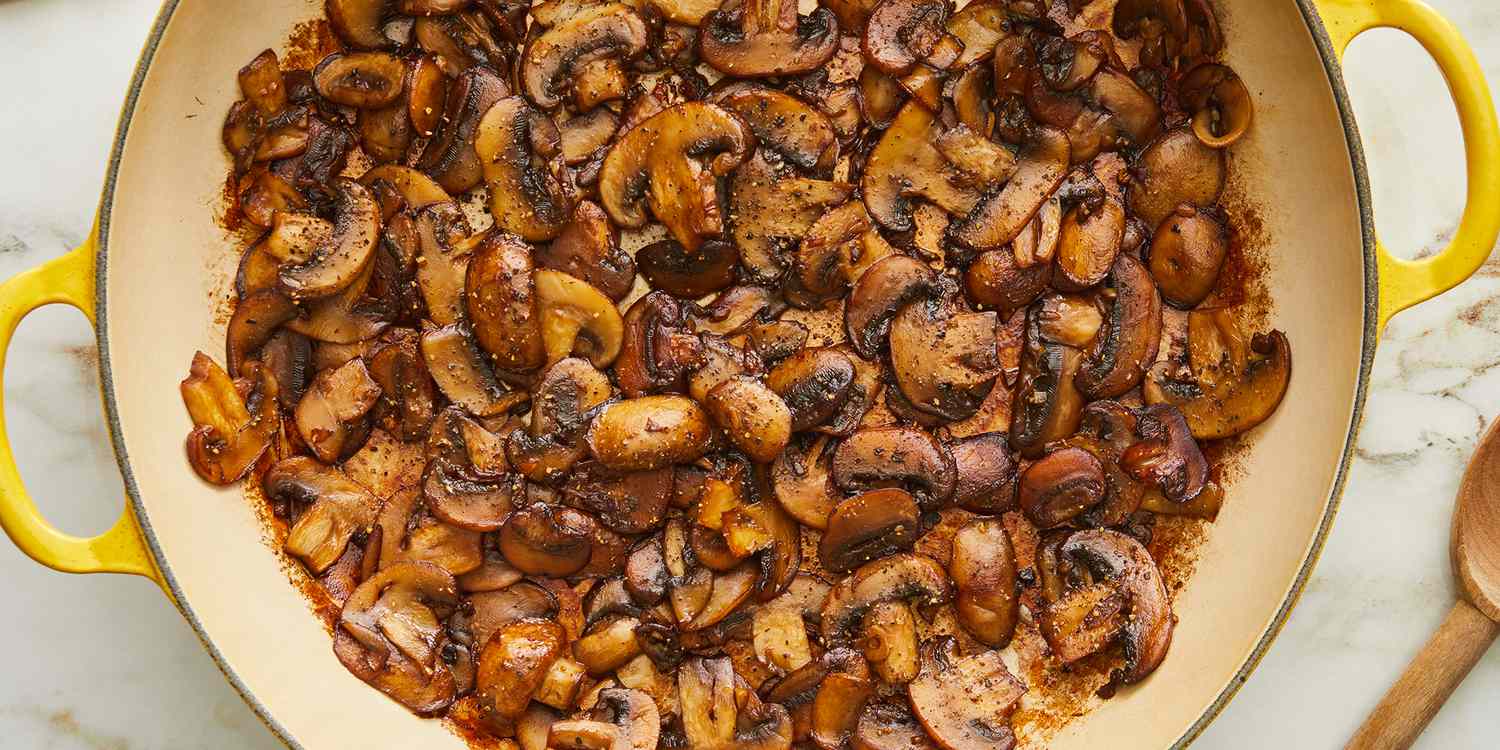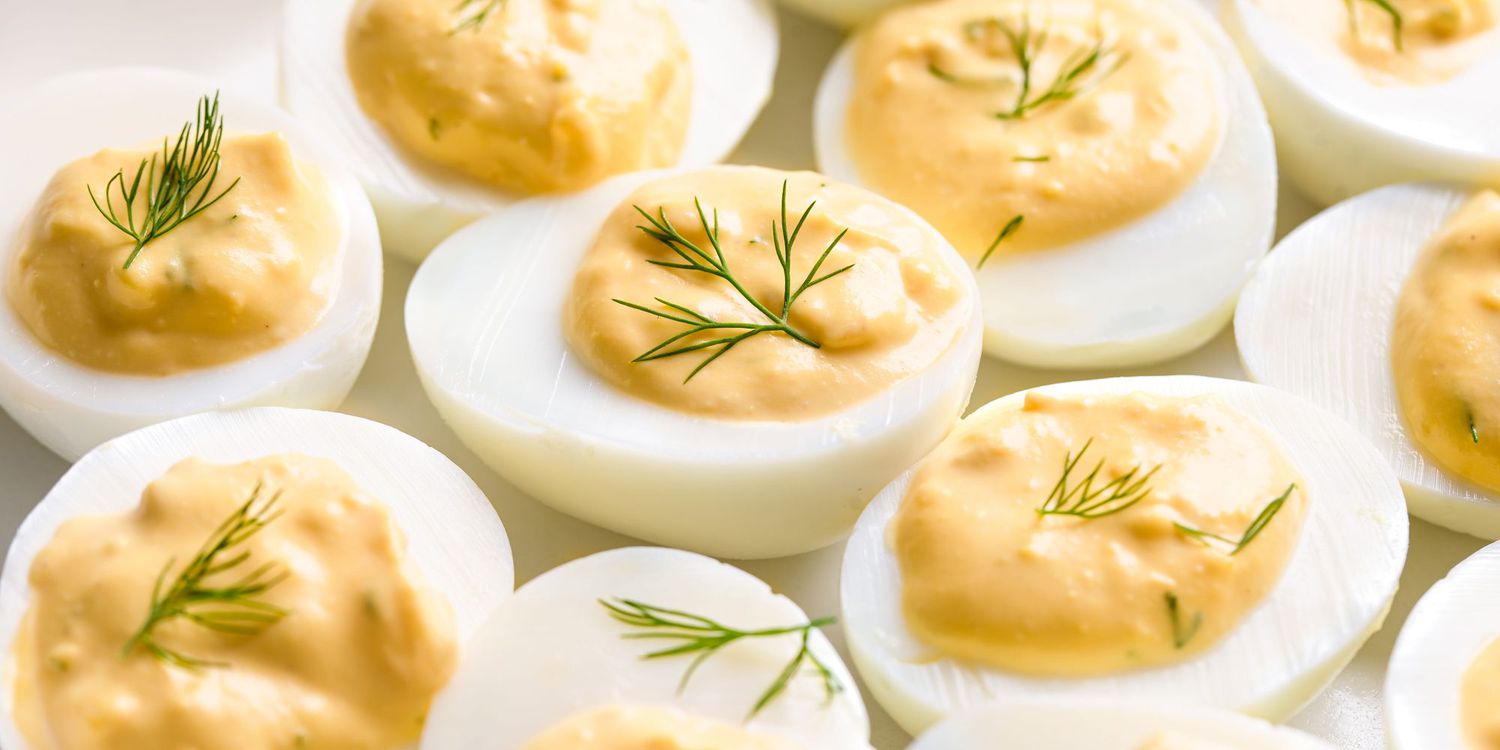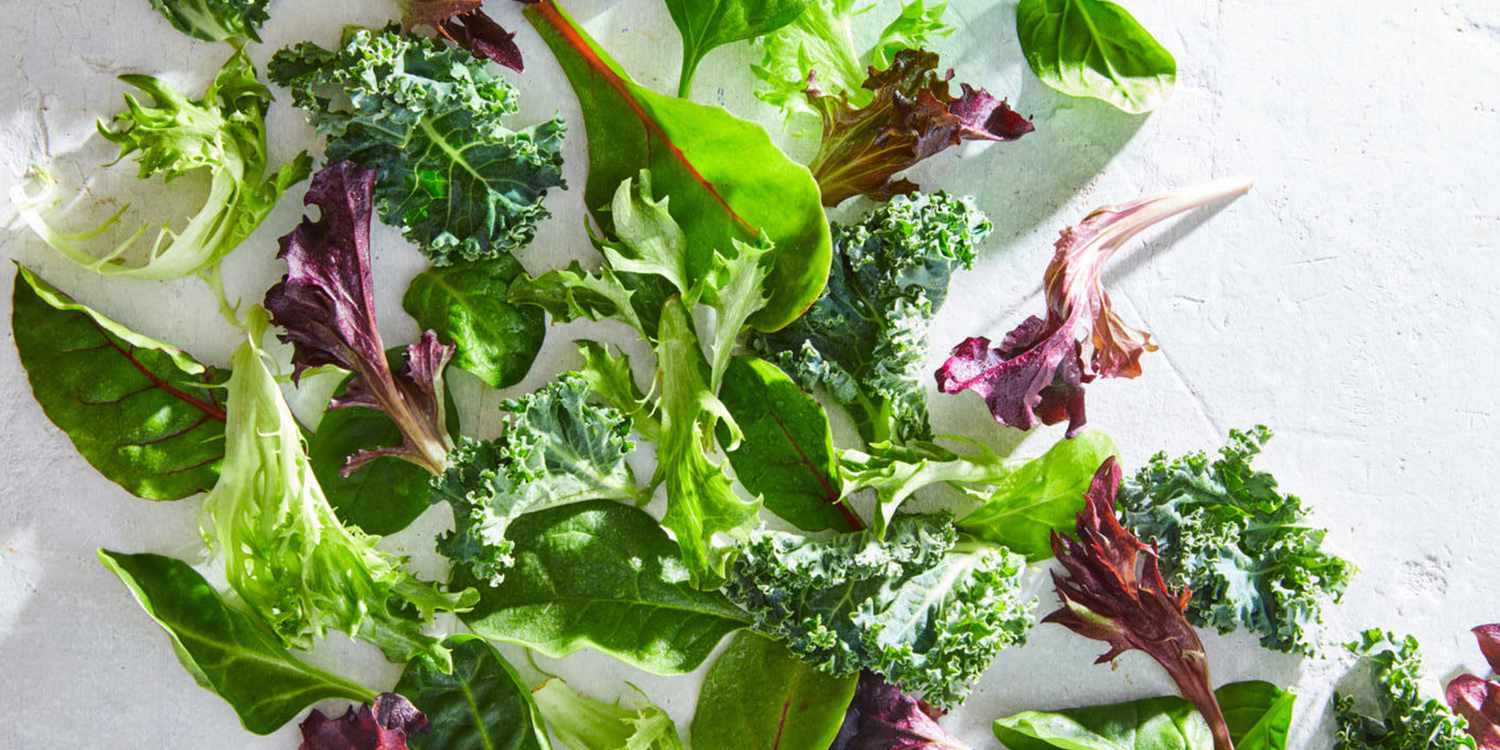It’s meal prep time, and you come across a package of mushrooms in your fridge that would be perfect for your omelet and side dish, only to realize the package has been sitting in the fridge for days. You give the mushrooms a good look — they appear fine, except they have a slight gloss on the surface. You might wonder, are these slimy mushrooms still good to eat?

How Long Do Mushrooms Last in the Fridge?
Fresh mushrooms last for one to three days at room temperature. Storing them in the fridge from the date of purchase could extend their freshness for three to seven days.
According to the USDA Foodkeeper App, you can also freeze fresh mushrooms for 10 to 12 months from the date of purchase. However, mushrooms naturally have a high water content, so thawed mushrooms may become mushy.
How long they last also depends on a few factors, including:
- Their size: Bigger mushrooms like cremini and portobello last longer than smaller mushrooms
- Their form: Sliced mushrooms have a shorter shelf life than whole due to the former’s inner contents being exposed to air
- How they are stored: Mushrooms last longer when stored in a paper bag instead of in a plastic bag in the crisp drawer of the fridge as the former allows for airflow and excess moisture absorbed.
Why Do Mushrooms Turn Slimy?
How mushrooms are stored directly affects how long they last. The fungi are living things, even after harvest.
They don’t have a peel like apples and pears that protect the shrooms from dryness and rotting. When they are placed inside plastic packaging or a paper bag, the moisture trapped inside also creates an environment perfect for microbial growth, including bacteria and molds. So, the shiny sheen that you see on mushrooms is a sign of spoilage.
Can You Eat Slimy Mushrooms?
As much as you may want to salvage them to use in your favorite risotto recipe, it is safest to avoid eating slimy mushrooms because the slime indicates that the shrooms have started to spoil.
While eating a couple of slimy mushrooms may not make you sick, eating any food contaminated with pathogenic bacteria could make you ill. After harvesting, it is possible for mushrooms to become contaminated with pathogenic bacteria like Listeria monocytogenes. Listeria is a bacteria that, according to the CDC, is most likely to contaminate an array of foods such as soft cheeses, deli meats, and raw milk products.
While mushrooms are commercially grown on pasteurized manure composts that in fact significantly reduce listeria growth, they can later become contaminated with pathogenic microorganisms during post-harvesting and processing, where they get sorted and packed for distribution to retailers.
How to Tell If Mushrooms Have Gone Bad
Before deciding whether to eat the slimy mushrooms, take a good look at each of them. Are they discolored, shriveled in appearance, or do the gills on the mushroom’s underside look wet and collapsed?
Check the bottom of the package if you kept the mushrooms in their original packaging instead of putting them in a paper bag. When mushrooms start to spoil, their cell wall breaks apart, releasing moisture.
Also, sniff the mushrooms — are they giving an off-smell? Fresh mushrooms offer a light and earthy aroma. If they smell otherwise, even though there is only a little slime, it is time to throw them out.
What About Washing and Cooking Them?
When handling mushrooms, whether they are slimy or not, it is best to hold off on cleaning and washing them until you are ready to cook with them. Always wash your hands before and after handling them, and use a clean cutting board.
While this is not recommended, if you decide that you must have your slimy mushrooms, you could wash the slime off and cook them. Do a taste test to see if the mushrooms offer their naturally-tasting umami flavors. If they taste bitter or off-putting, discard the rest.
Because mushrooms could be a potential carrier of disease-causing microorganisms, it is best to enjoy them cooked. If you put the shrooms in a mixed dish, cook the ingredients to an internal temperature of 165 degrees F.
Related:
- 20+ Chicken and Mushroom Recipes
- What Are King Oyster Mushrooms?
- How to Wash Mushrooms




